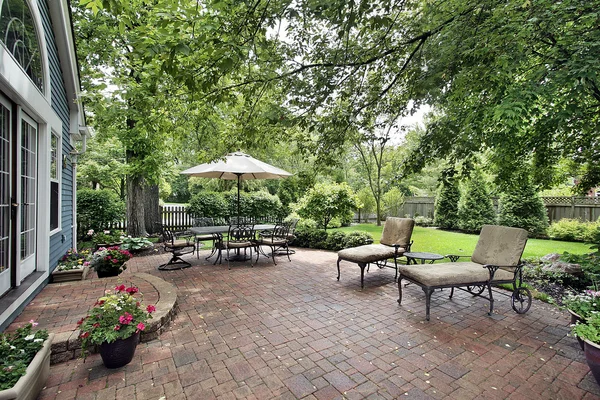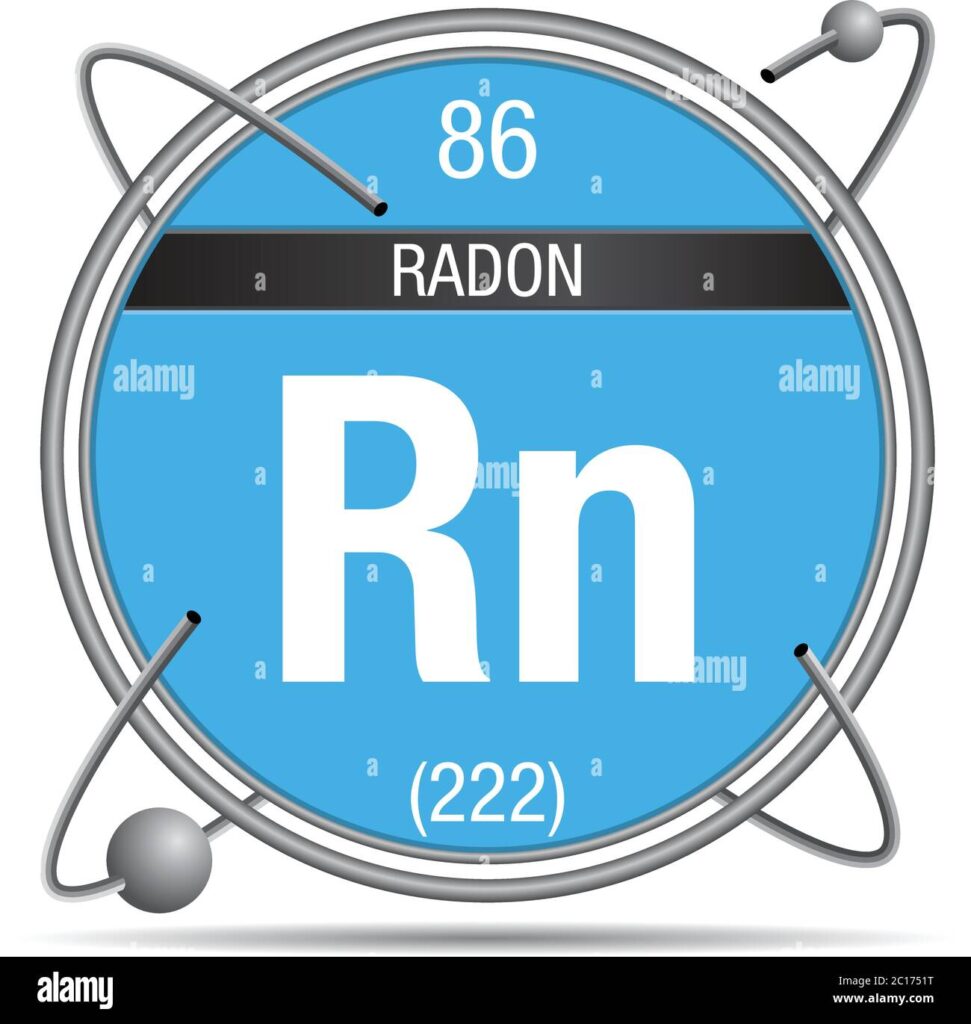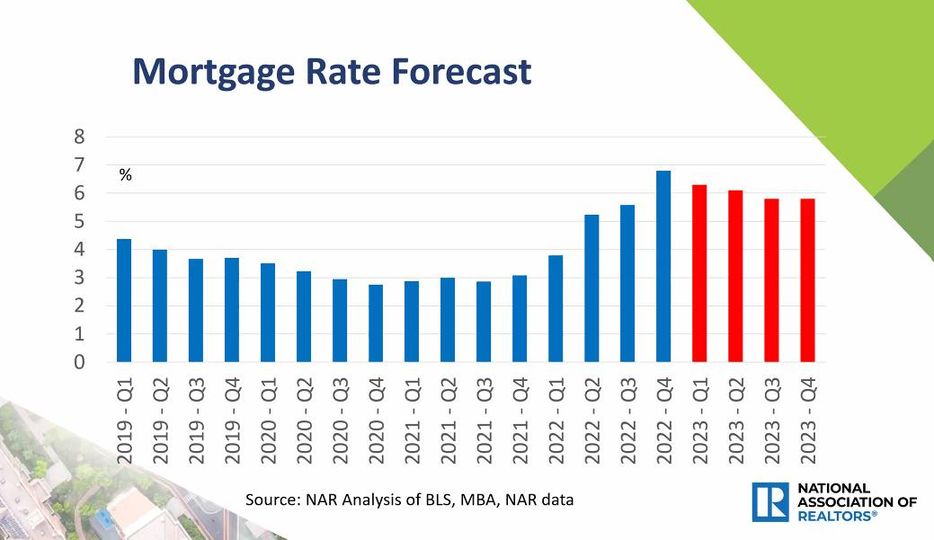In the early years of my career, shake roofs were considered to be the premium roof that a person could put onto a house. Because of their thickness, they create more shadows that make the roof more interesting. Entire neighborhoods were constructed where shake roofs were a requirement of owning a house. The thought being that it made the entire neighborhood look better.
Then, a few years into my career, there was a horrific fire in Orinda, California. Entire neighborhoods were wiped out. It was very publicly acknowledged that the fire grew so big, and spread so fast, because of the shake roofs on most of the houses.

There was a very real change in how people looked at owning a house with a shake roof. Now, there is a new twist.
Two weeks ago, representing a buyer, I was involved in the sale of a home in Westlake that had a shake roof. My client and I discussed this roof at length, the additional fire hazard, but also the need for professional maintenance. My client loved the house and made an offer that was accepted.
That’s when the problem was discovered. We could not find an insurance company willing to write a home owner’s policy for the house because of the shake roof. It’s important that I point out that the roof was 20 years old. It had been beautifully maintained, including just recently, but insurance agents that we talked to said the cut off for insuring a shake roof is 20 years. If it were newer, they would insure it.
There have been so many horrific fires in the last 10 years or so. I can totally understand that insurance guidelines have been tightened as a result. I can not say that there is not an insurance company that would insure a 20 year old shake roof, we just had no luck finding one.
So it’s something to have on your radar when you are buying a house. It’s also something to have on your radar if you are planning to sell a house with a shake roof.
I hope that you have found this information useful,
Dianne










